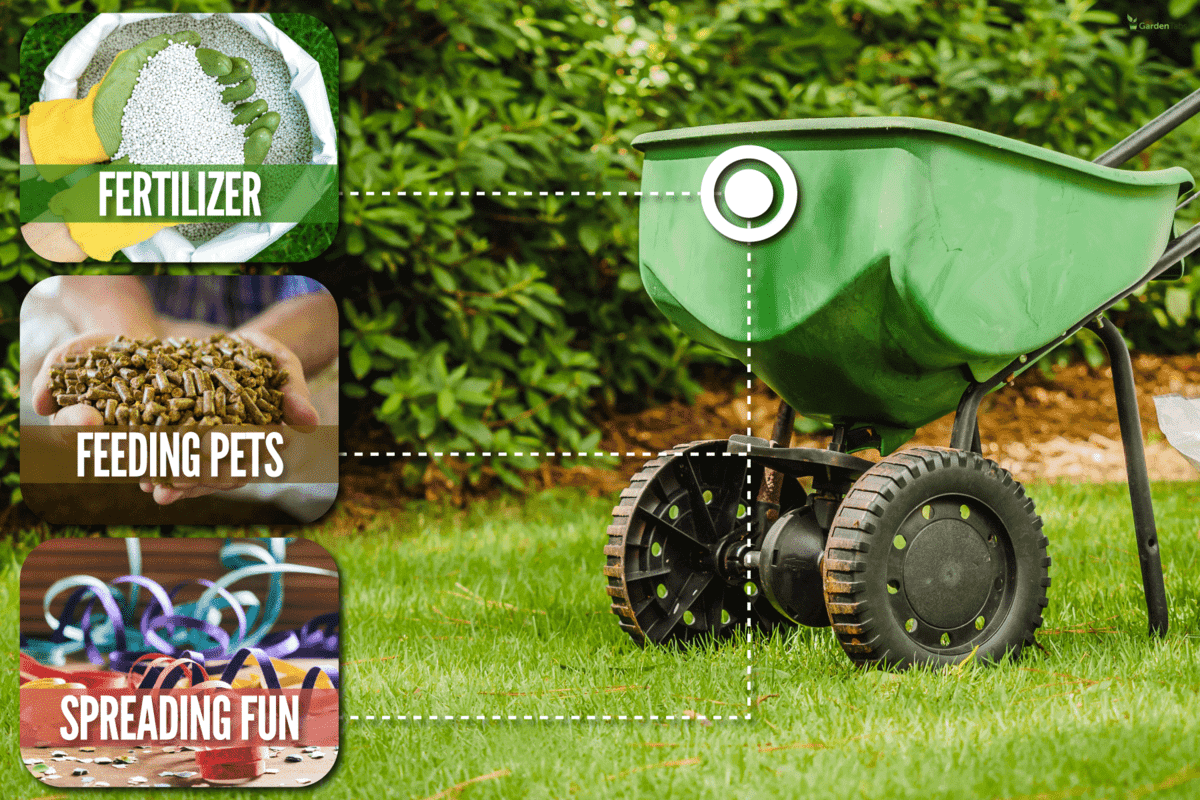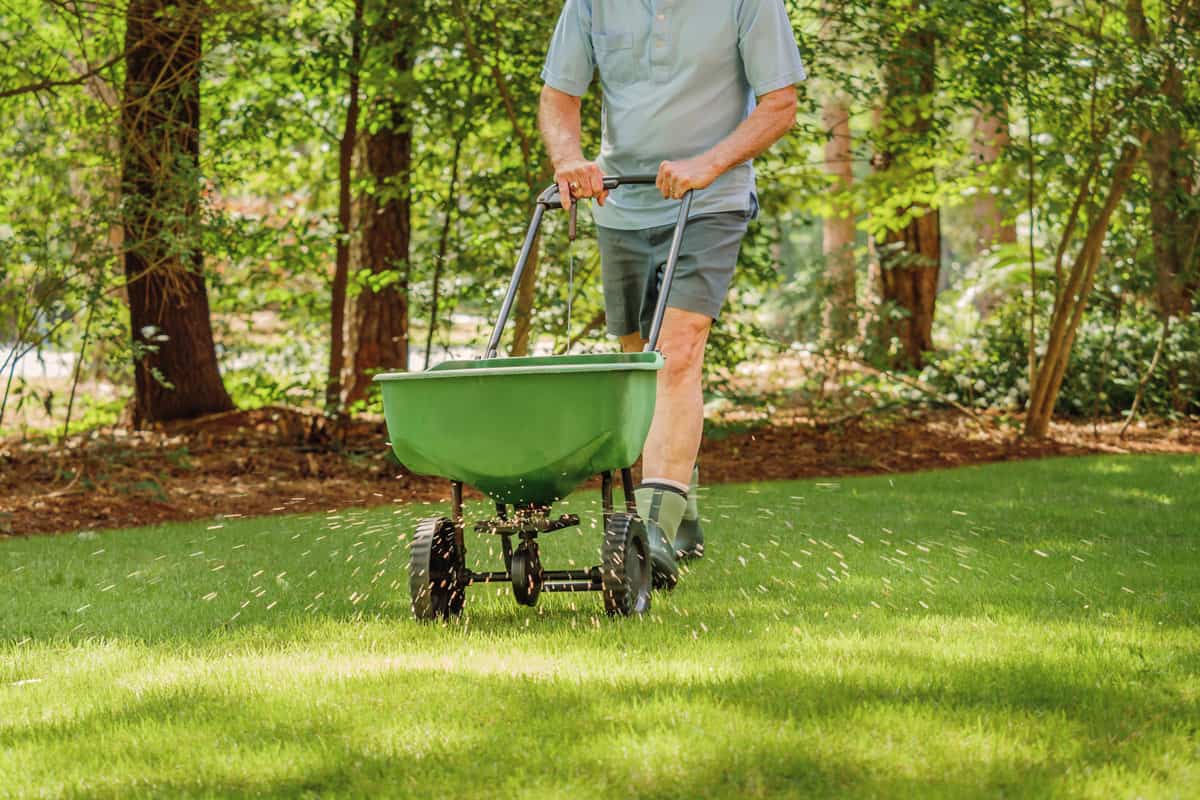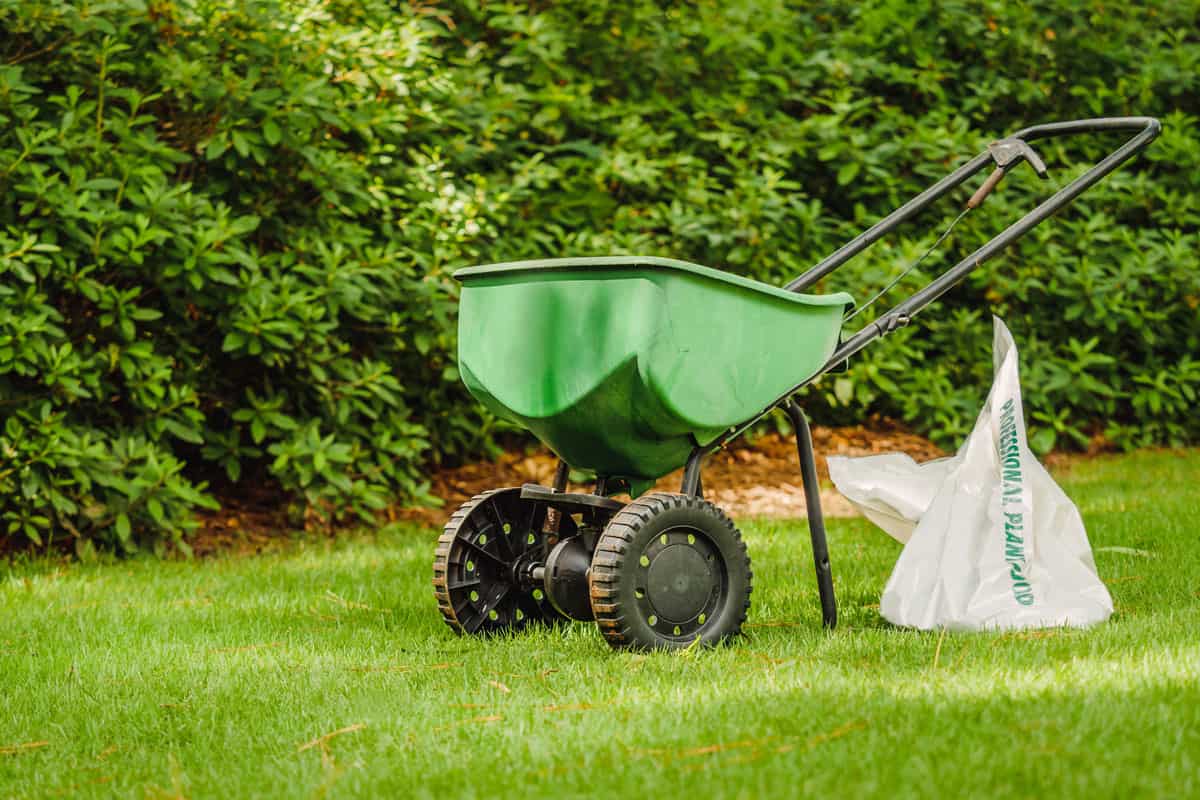Winter is fun and all until you find yourself slipping on an icy path. Salt spreaders keep walkways and roads safe during this cold season. But what happens when your salt spreader suddenly won't spin? How do you fix it? We looked into it, and here are our findings.
There could be several reasons why your salt spreader is not spinning. The specific cause will depend on the design and condition of the spreader. Here are a few things to check:
- Clogs
- Broken cotter pin or key
- Faulty bearings
- Loose or worn belts
- Motor or gearbox problems
- Power and wiring issues
To troubleshoot your salt spreader, find and remove any blockages in the salt spreader mechanisms, fix or replace any worn or damaged parts, and ensure that the wiring is in good shape.
It's all in the details when fixing your salt spreader that has stopped spinning. Keep reading to get that salt spreader back in working order!
Fixing A Salt Spreader That Won't Spin

Salt spreaders are essential for maintaining safe travel conditions during the winter months, which is why it can be an inconvenience if your spreader suddenly stops spinning. But here are some factors to consider before heading out to the nearest equipment store to pick up a replacement:
Clogs
Check the hopper and spreader mechanisms for clogs. Make sure the salt flows freely through the hopper and check the spreader mechanisms for jams.
The hopper is one of the most common areas of a salt spreader where clogs may occur due to some leftover salt or sand that eventually freezes or hardens. To avoid this, you should run the hopper until it is empty and wash it thoroughly to remove any remaining salt.
Keep in mind that salt and other debris left behind can cause corrosion and damage to some components of your salt spreader, especially metal hoppers. Hence, it's essential to clean your salt spreader carefully before putting it away for the following winter.
Broken Cotter Pin or Key
Walk-behind salt spreaders spray salt by using the motion of the wheels to turn the spinner. An axle links the spinner to the gearbox via a cotter pin or key, allowing the spinner to turn as the wheels move.
See this cotter pin assortment kit on Amazon.
If the wheels are moving but the spinner won't spin, check if the cotter pin or key connecting the wheel to the axle is missing or broken. Cotter pins are inexpensive and easy to replace.
Watch this video for a DIY solution to a salt spreader that won't turn—
Faulty Bearings
Bearings that cause too much resistance can also be a reason for your salt spreader to stop working. Inspect the bearings for any signs of wear or damage. It is good practice regularly to keep the bearings in your salt spreader well-lubricated.
However, if you see signs that your bearings are failing, it's best to replace them as soon as possible before they completely give up on you.
Loose or Worn Belts
One of the most common reasons a salt spreader won't spin is that the belt is loose or damaged. This problem can happen due to wear and tear over time or due to improper installation. To fix this issue, you'll need to locate the belt and check for any signs of wear or damage.
If the belt is loose, you'll need to adjust the tension to ensure it's tight enough to spin the spreader. If the belt is damaged, you'll need to replace it.
Motor or Gearbox Problems
If the axle doesn't turn, and the cotter pin or key is in good condition, the problem may lie in the gearbox. Debris that finds its way into the gearbox might cause it to slow down or even stop working altogether.
If you suspect a faulty gearbox, open it up to check for debris or damaged parts. Sometimes, you may need to purchase and replace it with a new gearbox.
You can avoid problems with your gearbox by making sure that you also regularly grease it to ensure the parts are working with minimal resistance.
Power and Wiring Issues
If you're using an electric salt spreader, you should inspect the wires leading into the motor to ensure they're not frayed or broken and are connected correctly. Check to see if it's properly plugged in and if the wiring is not damaged or loose.
Make sure the motor is getting adequate power, and if your model has one, check the display for any warnings or faults that may cause the problem. You can find more information about error messages and codes in the manual that came with your device.
Check out this post if you're curious to know if you Can Use A Salt Spreader For Grass Seed.
Proper Care And Maintenance For Salt Spreaders

To ensure that your salt spreader is operational come next winter, consider including the following maintenance tips in your routine:
- Keep your salt spreader clean. Wash it after every use to avoid corrosion and material build-up.
- Use a power washer for the best cleaning results. Remember to maintain a reasonable distance from electrical wiring and take extra precautions when cleaning an electric spreader.
- Never leave any unused salt or other deicing materials in your spreader.
- Apply a good-grade oil or lubricant to all moving components and connections.
- Paint bare metal surfaces before storing your salt spreader.
- Check that all components are in good working order and replace any damaged ones as soon as possible.
- Keep your salt spreader in an upright position.
- During the off-season, store your salt spreader in a dry area. Cover it well if you have to keep it outdoors.
- If you can't identify the problem or fix your salt spreader on your own, you may need to take it to a professional for repairs.
What Are Other Uses For A Salt Spreader?

Salt spreaders spread salt to melt ice, but you could use one to dispense just about anything. If you think outside the box, a salt spreader can help you save time and energy in several ways:
- Fertilizer or seed spreader: You can evenly distribute seeds throughout a garden or field with the help of a push spreader. You can also use your salt spreader to spread fertilizer across your garden.
- Feeding pets and livestock: A salt spreader works just as well with chicken feed, oats, and bird seed. Feeding your animals this way will save you a ton of time, plus you'll use less food since the grains are scattered more uniformly.
- Spreading fun: If you're having a party and need a fast way to decorate a big area with confetti or streamers, you can fire up your push spreader!
Is A Salt Spreader Worth It?

During the winter months, a salt spreader is a must-have safety item. But more than the safety benefits, investing in one has several advantages too.
Using a salt spreader saves you time because you don't have to deice your walkways and driveway manually. You may use considerably less salt or other deicing materials because the salt spreader evenly distributes substances throughout the surface.
What's more, even when it's not winter, you can put your salt spreader to use in other ways than spreading salt!
What Can I Use Instead Of Salt?
Salt is the most conventional way to melt ice on roads and sidewalks, but it may be costly, harmful to the environment, and even dangerous to your pets. There are several suggested alternatives to salt that you can try:
- Sand
- Kitty litter
- Coffee grounds
- Beet juice
- Alfalfa meal
- Vinegar
- Calcium chloride
In Closing

Clogs, rusted or worn parts, defective wirings and components, and other faults may contribute to a salt spreader that won't spin. Keep roads clean and safe throughout the winter by diagnosing and fixing any problems with your salt spreader as soon as possible. Regular maintenance can also prevent issues with your salt spreader and keep it running smoothly.
If you enjoyed this article, check out these other posts too:

